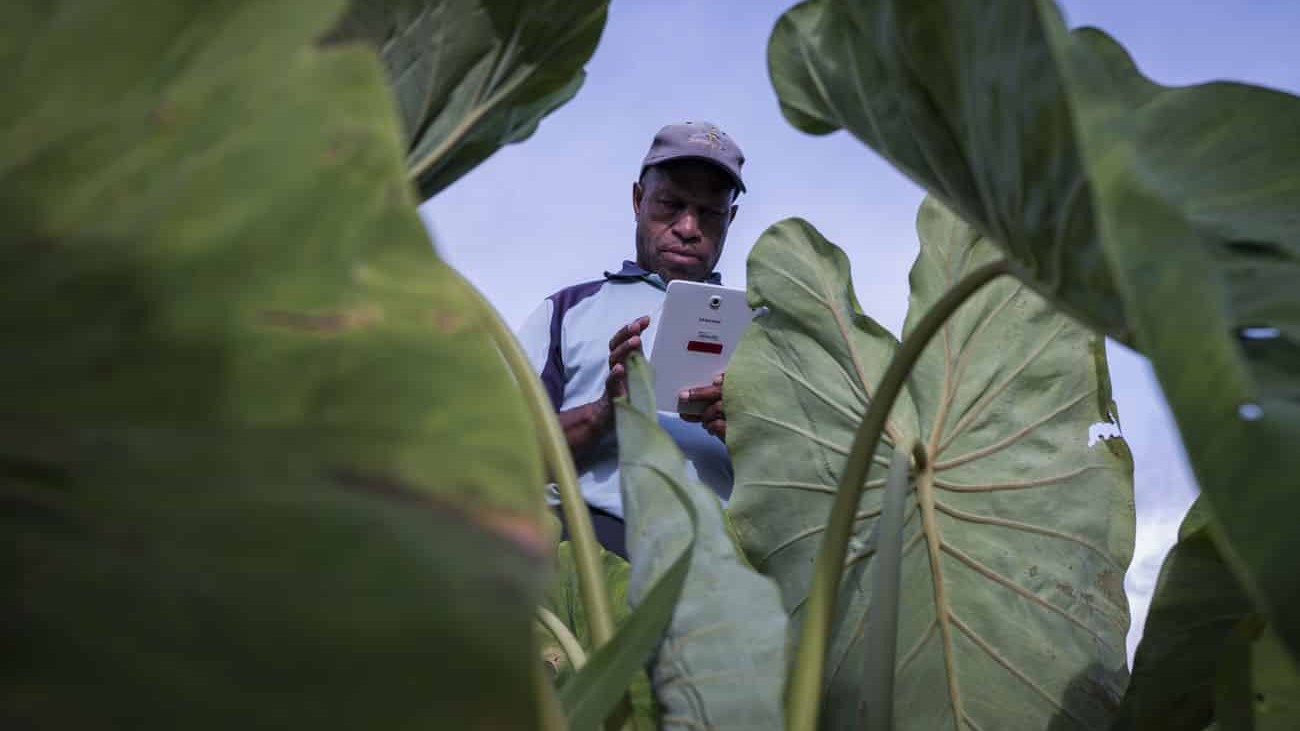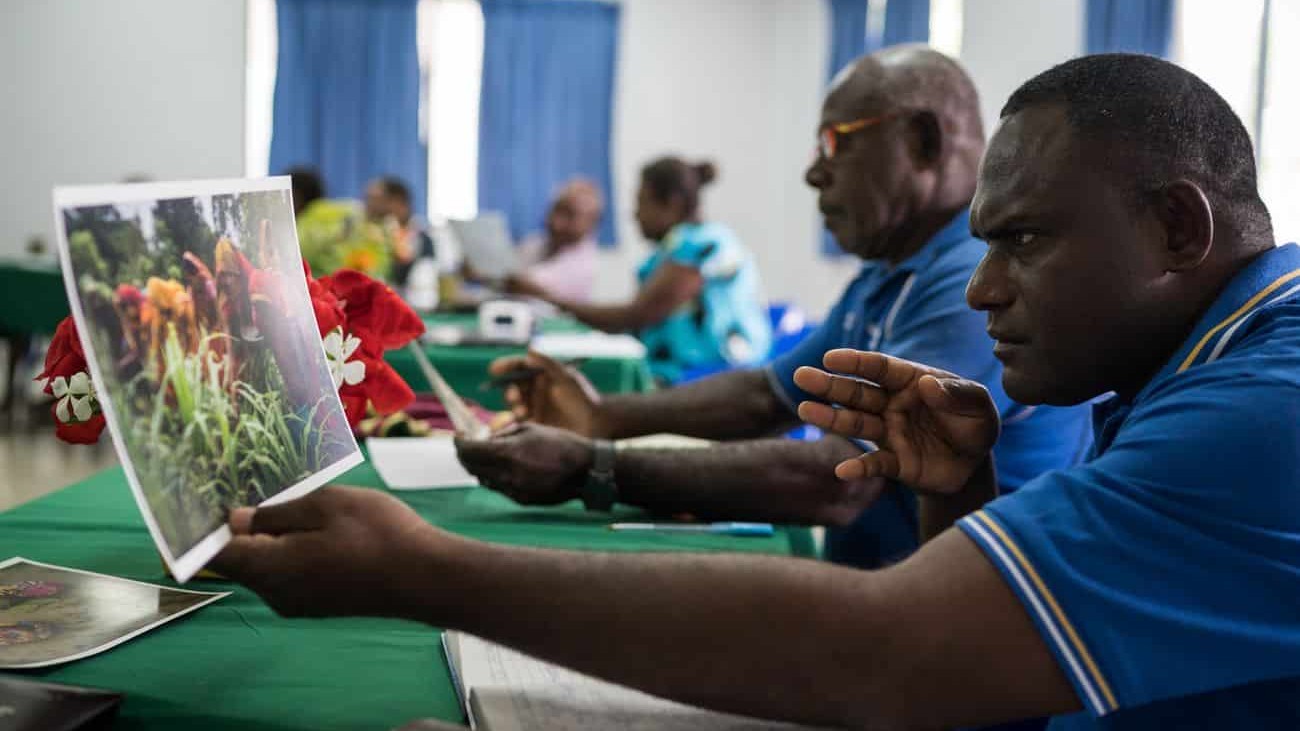To ensure the sustainability and lasting impact of agricultural research for development programs such as TADEP, capacity building at both an individual and institutional level was critical. Capacity building occurs across multiple levels and is much more than merely transferring skills and knowledge through training. It includes on-the-job training, leadership, mentoring, two-way-transfers of ideas and technologies, and empowerment to undertake research.
There are many examples of individual and institutional capacity building in each of the projects, both formally and informally. Similarly, by virtue of the collaborative nature of TADEP, there were a myriad of informal opportunities for capacity development and many ideas that form the basis of more formal activities for building capacity.
ACIAR had commissioned a Small Research Activity (SRA) to shortlist Apps for piloting and ultimately make recommendations on which App/s have the greatest usability, scalability, affordability, security and user support appropriate for use in projects. MAD4TADEP (Mobile Acquired Data for TADEP) represented a natural progression in learning from the SRA and understanding the benefits of adopting a common app across diverse projects within an over-arching program.
As the TADEP projects have progressed, each identified communications as an area that they would like assistance with and investment into. Communications training was offered to either the project team itself or a key partner agency. The hands on workshops included topics such as introduction to photography, participatory filmmaking and how to identify a good story.



